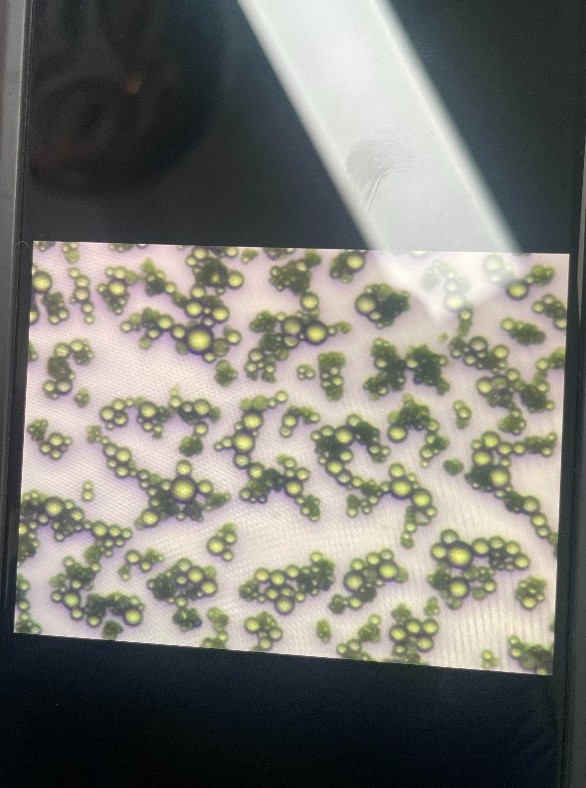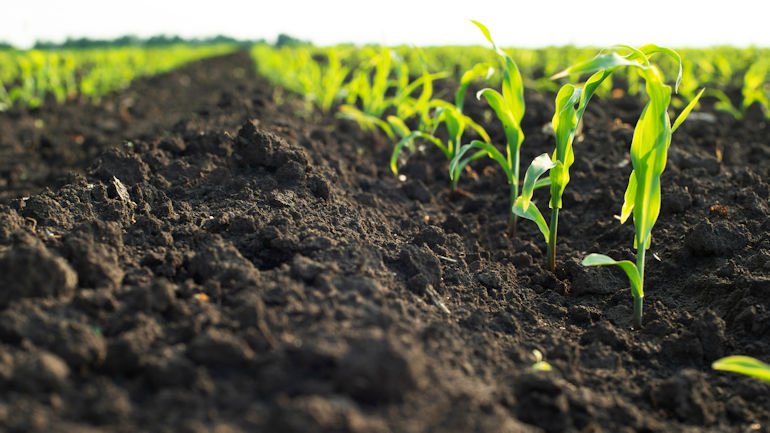
Measures to treat infected soil
Treating infected soil is one of the important measures to prevent the spread of pathogens and improve the quality of the soil. Infected soil can contain many types of fungi, bacteria, nematodes and pathogens that are harmful to crops, affecting the yield and quality of crops. To treat infected soil, farmers can apply many different measures, from physical, chemical to biological and cultivation methods.
Here are effective measures to treat infected soil:
1. Physical measures
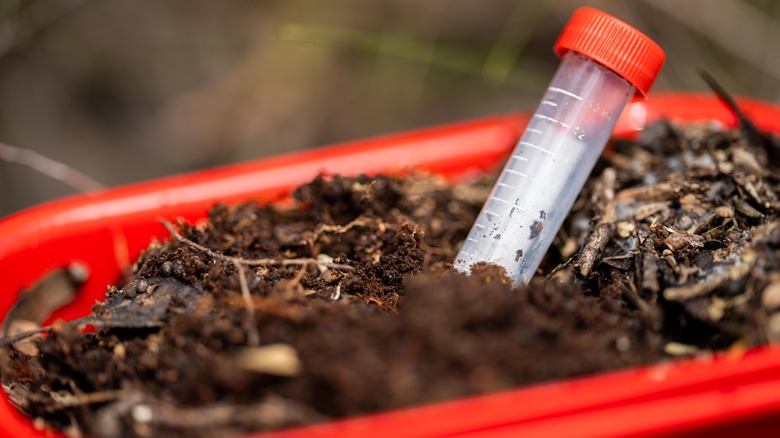
1.1. Soil drying (soil fumigation with sunlight)
- Soil drying is a simple and effective measure to treat soil infected with fungi and pathogenic bacteria. The method is to plow the soil and expose it to sunlight for 2-4 weeks, best during the hot season. The high temperature from sunlight will help kill pathogens in the soil, reduce the density of bacteria, fungi and nematodes.
- This method is effective for growing vegetables and short-term crops and can be combined with liming or organic fertilizers to improve soil quality.
1.2. Soil treatment by heat
- Heat steaming: Use a steamer or black plastic sheet to cover the soil and keep it at a temperature of about 70-80°C for a few hours. High temperatures will kill pathogens and reduce the density of bacteria and fungi in the soil.
- Generate heat with steam: Use a system to spray hot steam directly onto the soil, especially for vegetable beds in greenhouses. This is a highly effective method but requires investment in equipment.
2. Chemical measures
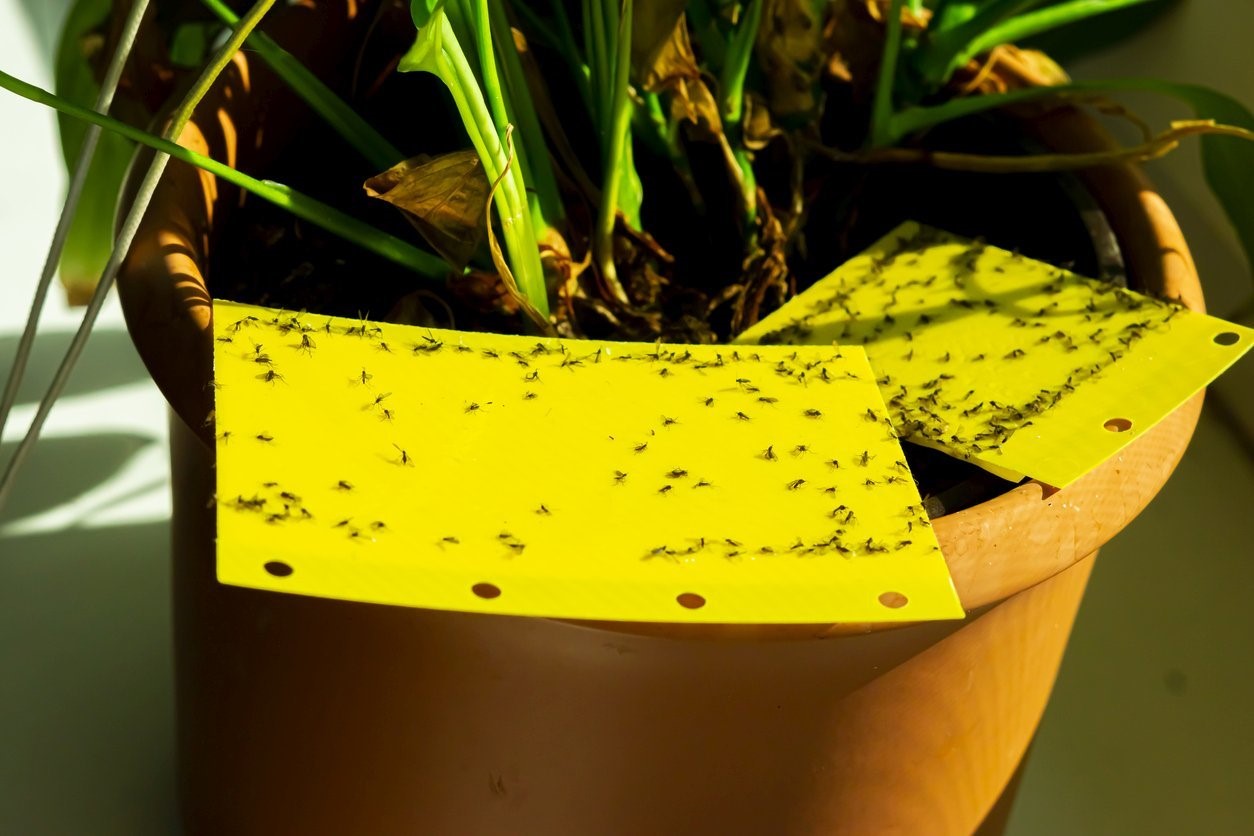
2.1. Use of lime powder
- Liming is a popular method to treat soil infected with fungi and bacteria, while adjusting soil pH. Lime powder has the ability to kill many types of pathogens and limit the growth of harmful fungi.
- How to do: Spread lime powder evenly on the soil surface (dosage of about 500-1,000 kg/ha depending on the acidity and level of soil infection), then plow and harrow to mix well. Let the soil rest for about 2-3 weeks before planting.
2.2. Use of soil treatment chemicals
- Soil treatment chemicals such as Chloropicrin, Metam Sodium, or Formalin can be used to kill pathogens in the soil. However, these chemicals need to be used carefully, following the instructions to ensure safety for the environment and users.
- Note that the use of soil treatment chemicals should be done by a professional and only when really necessary, as they can have adverse effects on beneficial microorganisms and the environment.
3. Biological measures
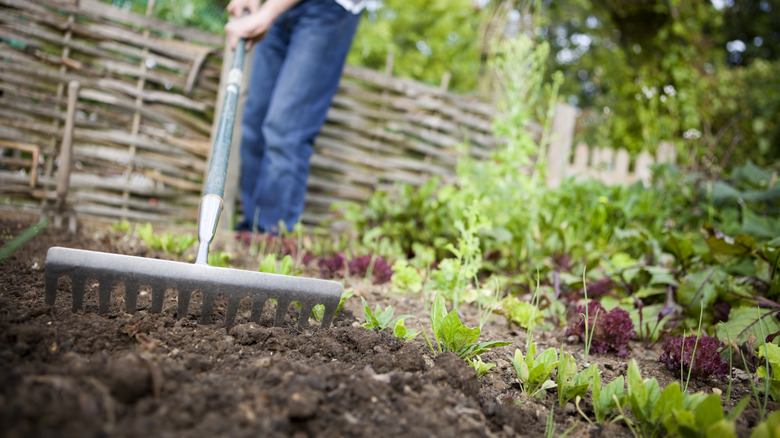
3.1. Use of antagonistic microorganisms
- Antagonistic microorganisms such as Trichoderma fungi, Bacillus subtilis bacteria, and Paecilomyces lilacinus fungi have the ability to inhibit and destroy pathogens in the soil. Antagonistic microorganisms compete with pathogenic fungi or parasitize harmful pathogens, thereby reducing the density of pathogenic fungi and bacteria.
- Biological preparations containing antagonistic microorganisms can be mixed into the soil or applied with organic fertilizers to increase the effectiveness of disease treatment in the soil.
3.2. Use of biological preparations
- EM (Effective Microorganisms) biological preparations: These are preparations containing a mixture of beneficial microorganisms, helping to improve soil health and compete with pathogens, reducing the density of pathogenic bacteria and fungi. EM also helps to quickly decompose organic residues, improving soil porosity.
- Green fungi (Metarhizium spp.) and white fungi (Beauveria spp.): These fungi have the ability to kill nematodes and some harmful insects, helping to protect crops from pathogens.
4. Cultivation measures
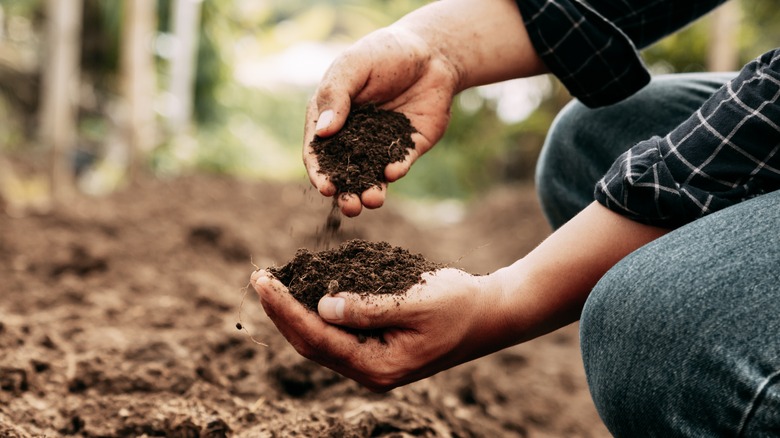
4.1. Crop rotation
- Crop rotation is a measure to help reduce the density of pathogens in the soil, especially with nematodes and pathogenic fungi. Intercropping with non-host plants helps to break the life cycle of pathogens, thereby minimizing diseases.
- For example: After planting nightshade plants (tomatoes, potatoes), you can rotate with non-family plants, such as corn and beans, to prevent mosaic disease, Fusarium fungi and nematodes.
4.2. Crop residue treatment
- Collect and destroy diseased crop residues after each crop season to eliminate the source of pathogens in the soil. Diseased crop residues can be a source of infection for crops in the next season.
- For diseased crop residues, they can be destroyed by burning or composting before reusing.
4.3. Applying composted organic fertilizers
- Applying composted organic fertilizers helps improve soil structure, enhance beneficial microorganisms and create conditions for healthy plant growth, increasing resistance to diseases.
- Organic fertilizers help the soil retain moisture better and provide beneficial microorganisms, thereby competing with pathogens and reducing the possibility of disease spread.
5. Combining measures
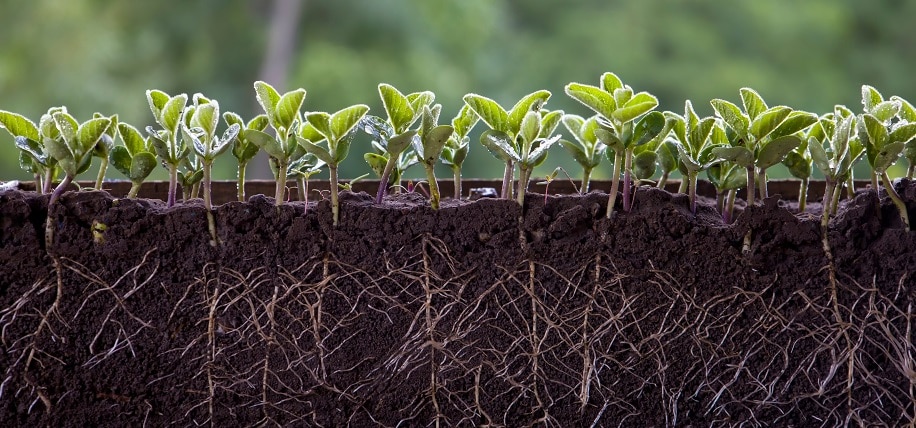
To achieve optimal results in treating infected soil, growers should combine the above measures in a comprehensive process. For example:
- Drying the soil after harvest and combining liming to kill pathogens.
- Applying composted organic fertilizers and biological preparations containing beneficial microorganisms to enhance soil health and inhibit pathogens.
- Rotating crops and using disease-resistant seedlings to prevent disease from returning.
- Spraying antagonistic microorganisms or biological preparations to kill potential pathogens in the soil before planting new crops.
Conclusion
Treating infected soil requires a combination of many measures to achieve sustainable results and protect the environment. By applying physical, chemical, biological and appropriate cultural measures, farmers can eliminate pathogens, improve soil health and protect crops from diseases, thereby improving productivity and product quality.
Bình luận
Những bình luận mới nhất
